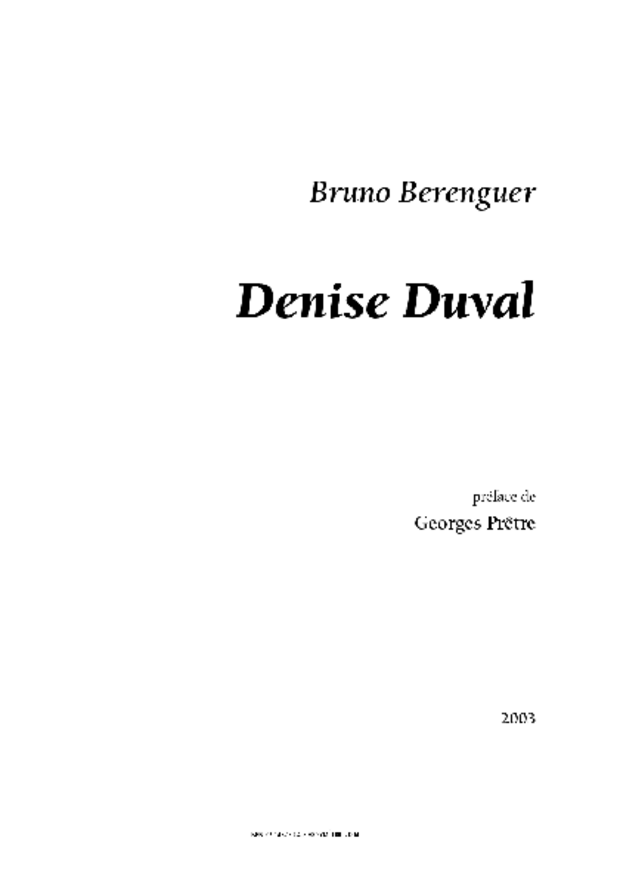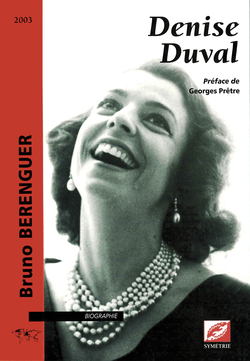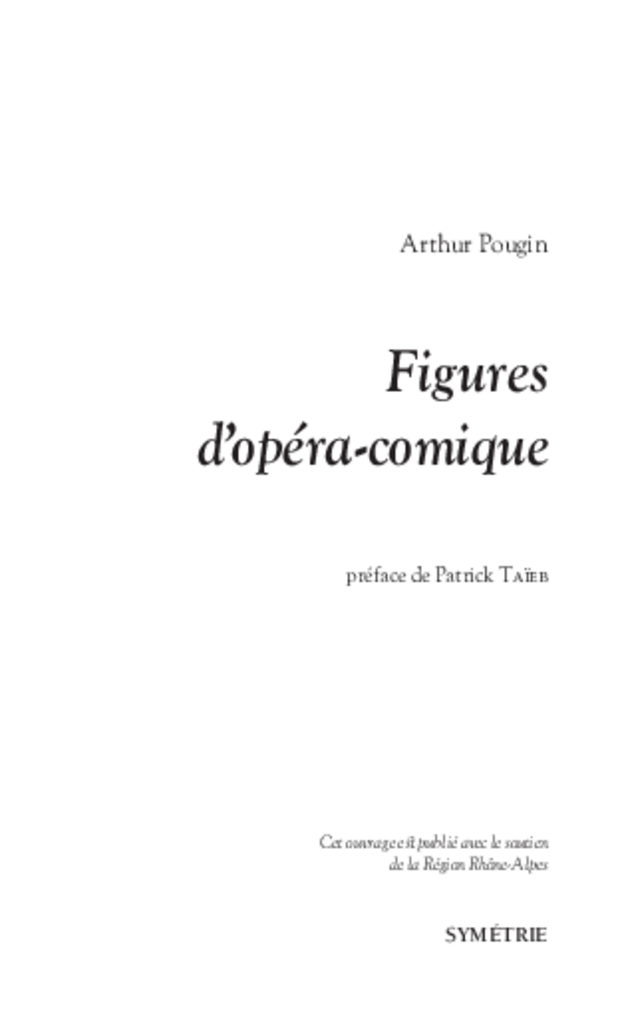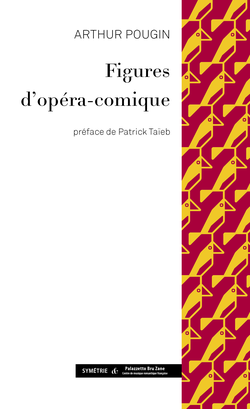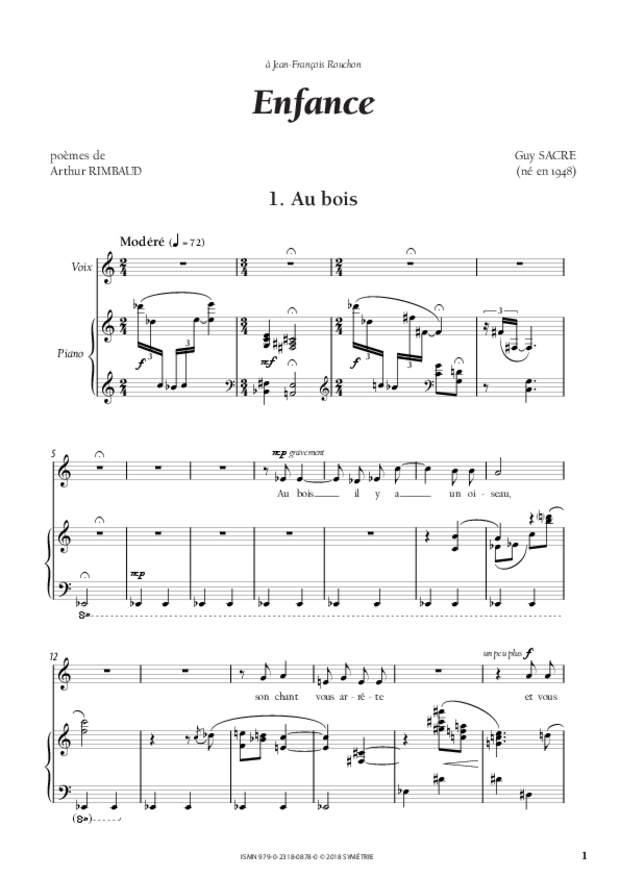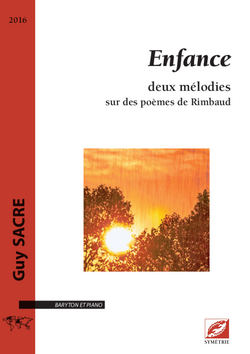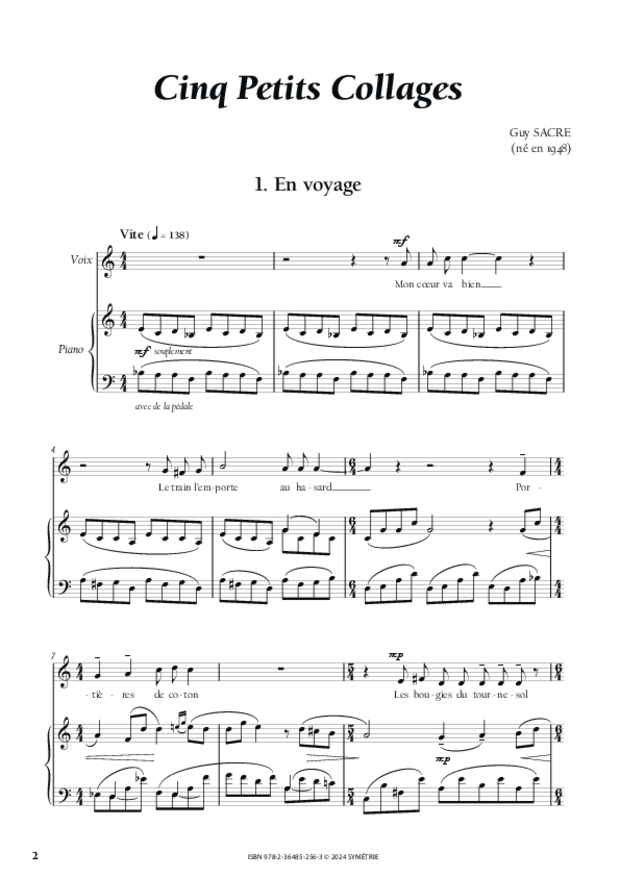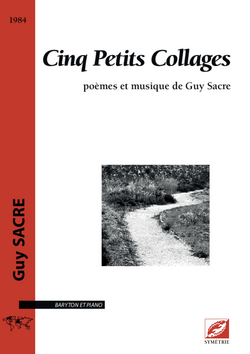In a simple language, Pierre-Marie Chemla begins by giving a broader framework to the history of Gregorian chant. Do you know how the Celts of Ireland who were converted, the Eastern Syrian Christians who were themselves heirs to the Synagogue, and the medieval monks contributed to the birth of the chant codified by Saint Gregory and then spread by Charlemagne? That the first places where musical notations were invented were Saint-Gall (Switzerland) and Metz (France)? That as early as the early 6th century, the cantor was expected to be “remarkable by his voice and his art, so as to draw souls” and “to exert a profound shock in the listeners”?
With the advent of polyphony and time measurement in the 13th century, the primitive modality that structured singing declined. A thousand years after its appearance, Gregorian chant was hammered out note by note and harmonised, having lost all musical and spiritual meaning.
The Abbey of Solesmes then focused on its restoration, by studying the manuscripts and their comparison. Pierre-Marie Chemla participates in the continuation of this work of resurrection of monodic chant, by adding to the knowledge of the texts that of the traditions of living chant. He introduces us to neumes and modality, and then testifies to his progress in practice with sound examples that renew everything you think you know about Gregorian chant.
Accompanied by an audio disc and CD-Rom, sound recording: Bernard Fort.
Sound bites
« Le Loin-Près », le chant grégorien en héritage, track 6
Table of contents
- Introduction||1
- Remerciements||3
- Avant-propos||5
- part. 1. Vie, mort et résurrection du grégorien
- Panorama géo-historique||10
- Origine et naissancedu répertoire musicalde l’Église romaine ||15
- À l’origine du répertoire grégorien : saint Grégoire||24
- Le latin, les scholae, les scriptoria||27
- Musique et architecture||31
- Les acteurs carolingiens de la réforme du rituel romain||34
- Les deux grands centres de transmission du chant carolingien||37
- De la transmission orale à l’écriture||42
- Naissance des premières notations musicales||47
- La restauration du chant grégorien||54
- Relecture et interprétation des manuscrits primitifs||60
- Les deux grandes écoles de notation neumatique||69
- La modalité||84
- Musique et métaphysique||99
- Conclusion : Et l’identité occidentale du plain-chant ?||101
- part. 2. L’histoire d’un cheminement
- Lyon||104
- Paris||105
- Grignan – la Drôme||107
- Le choix du grégorien||108
- Orient-Occident 1989||109
- La démarche de recherche en tant qu’interprète||111
- Les Orients musicaux||112
- L’héritage abrahamique||114
- La rencontre entre l’islam d’Orient et l’islam d’Occident||114
- Le grégorien sur son terrain||115
- Le concert « Pérégrination »||116
- Le Loin-Près||117
- Le monastère bénédictin de Sainte-Lioba : chantre en fonction||117
- Le travail de recherche sur le fond et la forme d’une pièce||120
- Une première fois||121
- Sur les échelles||122
- Une question difficile sur Alleluia – In exitu||124
- Le processus d’interprétation||125
- Répercussion et chant des voyelles : Deus tu convertens||129
- Les pièces rythmées||133
- Un exemple de centonisation||143
- Sur les voix||145
- part. Plages audio du disque joint||© 2020 Bernard Fort & Pierre-Marie Chemla
- Deus Tu convertens - Offertoire du 2e mode||4:10
- Qui sedes – Graduel du 7e mode||1:47
- Deus, Deus meus - Tractus du 2e mode||8:54
- Cantique des cantiques (extrait)||3:23
- Sicut in holaucosto - Offertoire du 5e mode||1:29
- Viderunt omnes - Graduel du 5e mode||1:50
- Super flumina Babylonis - Offertoire du 2e mode||7:07
- Universi - Graduel du 1er mode||1:42
- « Le loin-près » (extrait)||3:57||Narrabo, poème d’E. Dickinson, Salve sancta Parens, poème de R. Juaroz, Resurrexi, poème de R. Juaroz, Jerusalem surge
- Alleluia Ascendit - 4e mode||1:01
- Alleluia Videmus - 2e mode||1:15
- Alleluia Verba mea - 2e mode||1:10
- Reges Tharsis - Offertoire du 5e mode||5:31
- In voluntate Tua - Introït du 4e mode||1:14
- Resurrexi - Introït du 4e mode||1:09
- Alleluia In exitu Israel - 2e mode||1:37
- Narrabo - Communion du 2e mode||0:34
- Ad Te Domine levavi - Offertoire du 2e mode||4:22||Concert avec des musiciens mongols
- Ad Te levavi - Introït du 8e mode||0:59
- Populus Sion - Introït du 7e mode||0:57
- De profundis - Tractus du 8e mode||3:17
- Domine Jesu Christe - Offertoire du 2e mode||4:58
- « L’héritage d’Abraham » (extrait)||4:37||Mouèl – tradition islamique du Maroc ; Jerusalem Surge – tradition chrétienne ; Adon Olam, Piyut – tradition juive
